Bonhams Presents Fine Chinese Ceramics and Works of Art sale on 1 December 2020
Lot 153. A very rare yellow-glazed anhua 'Dragon' Saucer-dish, Late Tianshun-Early Chenghua; 18.8cm (7 6/16in) diam. Estimate HK$ 600,000 - 800,000 (US$ 77,000 - 100,000) & Lot 154. A very rare yellow-glazed anhua 'Dragon' Saucer-dish, Late Tianshun-Early Chenghua; 18.9cm (7 1/2in) diam. Estimate HK$ 600,000 - 800,000 (US$ 77,000 - 100,000). Courtesy Bonhams.
Hong Kong - On 1 December 2020 is Bonhams' Fine Chinese Ceramics and Works of Art sale, led by a pair of exceptionally rare Late Tianshun/Early Chenghua yellow-glazed anhua 'Dragon' Saucer-dishes. The dishes are each moulded around the interior cavetto in anhua with a pair of dragons pursuing flaming pearl amidst fire and cloud scrolls. It is believed that yellow monochromes were reserved for the sole use of the imperial court, whereas a yellow-coloured dragon with five claws, as a decorative motif, would have been restricted exclusively for decorating items for the emperor's personal use. The dishes, hitherto unknown and hailing from the Athens collection of Thekla and Costa Marinidis from the 1950s, will be offered as two individual lots, estimated at HK$600,000-800,000 each.
Lot 153. A very rare yellow-glazed anhua 'Dragon' Saucer-dish, Late Tianshun-Early Chenghua; 18.8cm (7 6/16in) diam. Estimate HK$ 600,000 - 800,000 (US$ 77,000 - 100,000). Sold for HK$ 2,502,500 (€ 269,741). Courtesy Bonhams
Finely potted rising from a tapered foot to a gently-flared rim, covered with an even egg-yolk-yellow glaze save the base glazed white, the cavetto finely decorated in anhua with a pair of dragons each in pursuit of the flaming pearl of wisdom amidst cloud and fire scrolls.
Provenance: Thekla (1923-2013) and Constantine M. (1913-1991) Marinidis, Athens, and thence by descent.
Lot 154. A very rare yellow-glazed anhua 'Dragon' Saucer-dish, Late Tianshun-Early Chenghua; 18.9cm (7 1/2in) diam. Estimate HK$ 600,000 - 800,000 (US$ 77,000 - 100,000). Sold for HK$ 1,815,000 (€ 195,636). Courtesy Bonhams.
Finely potted rising from a tapered foot to a gently flared rim, covered with an even egg-yolk-yellow glaze save the base glazed white, the cavetto finely decorated in anhua with a pair of dragons each in pursuit of the flaming pearl of wisdom amidst cloud and fire scrolls.
Provenance: Thekla (1923-2013) and Constantine M. (1913-1991) Marinidis, Athens, and thence by descent.
The present pair of yellow-glazed saucer-dishes, offered separately as Lots 153 and 154, is exceptionally rare. The pair formed part of the collection of Thekla and Constantine Marinidis, Athens. The collectors acquired Chinese art from the late 1950s onwards at leading Chinese art dealers including Bluett's, John Sparks, Marchant's, C.T. Loo, Frank Caro, Compagnie de la Chine at des Indes and A & J Speelman. These exceptionally rare dishes, hitherto unknown, have been re-discovered to claim their place in the corpus of late Tianshun/early Chenghua porcelain wares.
Each is delicately decorated in anhua around the cavetto with a pair of striding five-clawed dragons amidst cloud and fire scrolls pursuing flaming pearls. Each dish is superbly and evenly glazed overall, with a yellow glaze of egg-yolk tone applied over a transparent glaze with some craquelure. The glaze stops neatly above the edge of the tall, slightly-tapered footring. The slightly-convex wide base is covered with an unctuous silky-smooth white glaze with a yellowish tinge around the edges. The first dish measures 18.9cm diam. across the rim, 4.8cm high, the footring is 12cm diam., the foot height is 1.3cm; the second dish measures 18.8cm diam. across the rim, 4.9cm high, the footring is 12cm diam., the foot height is 1.3cm high.
As noted by Jessica Harrison-Hall, 'yellow monochromes, it is believed, were reserved for the sole use of the Imperial court [...]; see J.Harrison-Hall, Catalogue of Late Yuan and Ming Ceramics in the British Museum, London, 2001, p.186. In A Legacy of Chenghua: Imperial Porcelain of the Chenghua Reign Excavated from Zhushan, Jingdezhen, Hong Kong, 1993, nos.84-85, illustrating a yellow-enamelled 'dragon' wine cup, Chenghua mark and period, the author notes: 'A yellow-coloured dragon with five claws, as a decorative motif, would have been restricted exclusively for decorating items for the emperor's personal use, thus accounting for the rarity of these particular wine cups'. The same reasoning would also apply to the present pair of dishes, equally decorated in yellow and with pairs of five-clawed dragons pursuing flaming pearls.
Yellow glazes were used in the Ming Imperial kilns from as early as the Hongwu and Yongle reigns and continued through to the Xuande period. Whilst excavations at the Imperial kilns in Zhushan, Jingdezhen of the strata dating to the 'Interregnum' period of the Zhengtong, Jingtai and Tianshun emperors (1436-1464) have uncovered some shards decorated with yellow enamel, no monochrome yellow-glazed shards were found to date; see Lustre Revealed: Jingdezhen Porcelain Wares in Mid Fifteenth Century China, Shanghai, 2019, no.199 (for shards with yellow enamel). However, it is not possible to exclude the possibility that monochrome yellow-glazed dishes did exist during the Zhengtong-Tianshun period, and perhaps future excavations will shed further light on this aspect. Importantly, the production of yellow-glazed monochrome porcelain is well documented during the Chenghua reign, with some twenty monochrome yellow dishes, Chenghua mark and period, in various sizes, with flared as well as straight rims, which are recorded worldwide (for a detailed list please see the end of the essay).
It is, however, intriguing that the present pair of yellow-glazed dragon decorated saucer-dishes is unmarked. However, in the 15th century, unmarked Imperial porcelain were made during the Yongle, Zhengtong and Tianshun periods; for examples excavated from the Imperial kiln site at Zhushan, Jingdezhen, see Lustre Revealed: Jingdezhen Porcelain Wares in Mid Fifteenth Century China, Shanghai, 2019, nos.17, 18, 21, 151, 153-155, and 159. Previous research by Julian Thompson, and as recently as 2016 by the Palace Museum, Beijing and the Archaeological Research Institute of Ceramics in Jingdezhen, attributed unmarked porcelains also to the Chenghua reign; for unmarked examples attributed to the Chenghua reign, see Imperial Porcelains from the Reign of Chenghua in the Ming Dynasty, vol.I, Beijing, 2016, nos.32, 33, 36, 41, and 118. The current lack of any archaeological evidence of production of monochrome yellow-glazed porcelain during the 'Interregnum' period, therefore, supports the dating of the present dishes to between the late Tianshun reign and the early Chenghua reign.
The present dishes are each moulded around the interior cavetto in anhua with a pair of dragons pursuing flaming pearl amidst fire and cloud scrolls. Related moulded design of dragons could be seen as early as the Hongwu period; see a red-glazed bowl with a dragon design, Hongwu, illustrated in Imperial Hongwu and Yongle Porcelain Excavated at Jingdezhen, Taipei, 1996, no.96. For a copper-red-glazed anhua dragon-decorated dish, Yongle, see J.Harrison-Hall, ibid., pp.104-105, no.3:12.; and for a white-glazed anhua dragon-decorated saucer-dish, Yongle, in the National Palace Museum, Taipei, see Pleasingly Pure and Lustrous: Porcelains from the Yongle Reign (1403-1424) of the Ming Dynasty, Taipei, 2017, pp.34-35. Compare a white-glazed saucer-dish anhua decorated with two five-clawed dragons pursuing a flaming pearl, Yongle, in the Sir Percival David Collection, British Museum (PDF no.498); see also a white-glazed saucer-dish decorated with two dragons pursuing a pearl, Xuande mark and period, illustrated in Porcelain of the National Palace Museum: Monochrome Ware of the Ming Dynasty, Hong Kong, 1968, vol.1, pls.2-2b; and a turquoise-glazed anhua 'dragons and cloud scrolls' dish, Xuande mark and period, also in the National Palace Museum, Taipei, illustrated in the Special Exhibition of Selected Hsüan-te Imperial Porcelains of the Ming Dynasty, Taipei, 1998, no.163. Anhua decoration continued throughout the 15th century as exemplified by two white-glazed cups decorated in anhua with a pair of dragons pursing a flaming pearl, Chenghua mark and of the period, illustrated by Ts'ai Ho-Pi, Essential Collection of Cheng-hua Porcelain Ware from the National Palace Museum, Taipei, 2017, nos.69-70. Comparison of the dragons on the Chenghua-marked cup, ibid., no.69, with the dragons on the present pair of dishes, demonstrates clear similarities in the thickness of the body of the dragon and the 'stippling' of the dragon-scales, fire-scrolls and the dragon's head.
Unusually, the dragons on the pair of dishes are carved with their jaws open revealing sharp teeth. Related design can be seen in dragons painted on a blue and white dish, unearthed from the tombs of Jingling Prince Zhu Mengzhao who died in 1447 and his consort, Jiangxi District, Wuhan, Hubei Province, published in Lustre Revealed: Jingdezhen Porcelain Wares in Mid Fifteenth Century China, Shanghai, 2019, no.215. However, related dragons with open jaws can also be seen on Chenghua mark and period dishes; compare those on a blue and white dish, Chenghua mark and period, in the Sir Percival David Collection in the British Museum, illustrated by R.Scott and S.Pierson, Flawless Porcelain: Imperial Ceramics from the Reign of the Chenghua Emperor, London, 1995, no.9 (PDF B680).
Another design feature is the elongated thick body of the dragons ending in an S-shape. In some cases, such S-shaped dragon-bodies end with a closed-mouth dragon, whilst in other instances they end with an open-mouthed dragon. However, it would seem inconclusive at this point to draw clear conclusions as to dating to either the late Tianshun or the early Chenghua reigns based on this decorative feature, particularly as during the early Chenghua reign there was a clear continuity of design from earlier reigns.
In conclusion, this unique pair which dates to the late Tianshun to early Chenghua period, provides an important step in our understanding of this special period, combining inspiration from the past with peerless quality. The anhua five-clawed dragon design covered in yellow glaze could only have been made for Imperial use and was probably reserved for the emperor. This pair of dishes has been handed down as heirlooms through the generations to shine once more.
Fig.3. Dish with dragons amid lotus scrolls, Chenghua mark and period (1465-1487), 19.3 x 3.8 cm, PDF B680. © The Trustees of the British Museum.
Fig.4. A blue and white dish, Ming dynasty, Chenghua period (1465-1487), 18 x4.2 cm, 1979,1114.1. © The Trustees of the British Museum
Examples of Chenghua mark and period yellow-glazed dishes
The Chenghua period saw the reappearance of monochrome yellow-glazed wares. However, no more than about twenty monochrome yellow dishes, Chenghua mark and period, in various sizes, with flared as well as straight rims, are recorded worldwide. All but three of these are in museum collections, and only four dishes seem to have appeared at auction, excluding the present pair of dishes. Half of this group are of the category with flared rims, and of these, only half again are of the larger size, comparable in form and colour to the present pair of dishes.
Published examples of Chenghua yellow-glazed mark and period dishes include:
• The inventory of the holdings of the National Palace Museum, Taipei Gugong ciqi lu [Record of porcelains from the Old Palace], listing three yellow dishes, Chenghua mark and period, of related size; of which one, 17.8cm diam. at the mouth, 3.8cm high, 10.3cm footring diam., is illustrated by Ts'ai Ho-Pi, Essential Collection of Cheng-hua Porcelain Ware from the National Palace Museum, Taipei, 2017, no.90. A second example, but with the interior white glazed, 19cm diam. at the mouth, 3.7cm high, 11.6cm footring diam., is illustrated by Ts'ai Ho-Pi, Essential Collection of Cheng-hua Porcelain Ware from the National Palace Museum, Taipei, 2017, no.93.
• Sir Percival David Collection, British Museum, PDF no.A515, 20.1cm diam. at the mouth, 4.1cm high; published by R.Scott and S.Pierson, Flawless Porcelain: Imperial Ceramics from the Reign of the Chenghua Emperor, London, 1995, p.47, no.29.
• Another flared dish, Chenghua mark and period, which was sold at Sotheby's London, 7 April 1981, lot 250, 20cm diam.
• Another flared dish, Chenghua mark and period, in Bristol City Art Gallery, measuring 17.4cm diam. across the rim, 10.4cm diam. across the footring, 4cm high.
• Four examples of smaller size:
o A smaller yellow-glazed dish, Chenghua mark and period, from the H.R.N. Norton Collection and later the Pilkington Collection, which was sold at Sotheby's Hong Kong, 5 April 2017, lot 1, measuring 14.8cm diam.
o One in the Shanghai Museum, illustrated by Lu Minghua, Shanghai Bowuguan cangpin yanjiu daxi/Studies of the Shanghai Museum Collections: A Series of Monographs. Mingdai guanyao ciqi [Ming imperial porcelain], Shanghai, 2007, pl.3-68.
o Another from the collection of Mr and Mrs R.H.R. Palmer, which was sold at Sotheby's London, 28 May 1968, lot 99, 5 7/8in diam. (approx. 14.9cm diam.).
o Another in the collection of the Palace Museum, Beijing, is illustrated in Zhongguo taoci quanji [Complete series on Chinese ceramics], Shanghai, 1999-2000, vol.13, pl.35.
Other highlights include:
Lot 114. A very rare and large imperial bronze incense burner, chaoguanlu, Yongzheng six-character mark and Jing Zhi two-character mark and of the period (1723-1735); 56cm (22in) high. Estimate upon request. Unsold. Courtesy Bonhams.
The globular body finely cast in relief with three elaborate taotie masks above a band of stylised cicada blades, the neck with a symmetrical group of kui-dragons, all reserved against a square-spiral leiwen ground, supported on three sturdy cabriole legs issuing from stylised animal masks, the base bearing the six-character reign mark in relief, with an additional jing zhi (Respectfully Made) horizontal two-character mark on the broad mouth rim, wood stand.
Provenance: A German private collection, Hamburg, acquired at the end of the 19th century, and thence by descent.
Lot 114 in-situ, circa 1900
Note: Physically and visually imposing, the present large incense burner represents the apogee and ultimate achievement of Imperial-bronze craftsman during the reign of the Yongzheng emperor. The archaistic form and design exemplify the emperor's personal admiration of and inspiration from antiquity. The combination of the crisply cast archaistic motifs, such as the taotie masks, the cicada blades and the kui-dragons, with the contemporary designs of the strap-handles and imposing mask-form feet, resulted in an arresting statement of the power and grandeur of the Yongzheng era.
According to Da-Qing Huidian, the largest jurisdictional corpus on administrative matters complied during the Qing dynasty, Imperial Workshops had been set up by the Kangxi emperor with two divisions to produce bronze objects, as exemplified by six Kangxi mark and period bronze objects in the Qing Court Collection, Palace Museum, Beijing. In the fifth year of the Yongzheng reign (1727), a new division recorded as Zhuluzuo, (incense burner cast workshop) was set up in the Palace Workshops, to produce large-size bronze offering objects such as the present strap-handled incense burner. For a detailed discussion by Zhang Li about the production of Imperial bronzes at the Palace Workshops, see 'qinggong tongqi zhizao kao' (Study of the Qing dynasty Imperial Bronze Production: Yongzheng and Qianlong), published in Palace Museum Journal, vol.5, 2013, Beijing, pp.94-133.
In the Huojidang, the Archives of the Imperial Workshops, bronze incense burners of archaistic style with strap-handles recorded as chaoguanlu, appear to have only been made during the eleventh year of the Yongzheng reign (1733).These include 'two archaistic strap-handled incense burners' ordered on the second day of February; 'eight gilt-bronze strap-handled incense burners with eight incense supporters' ordered on the first day of March, to be presented to the Imperial Ancestral Temple'. The Imperial Archives further record that a wooden model would have to be presented to the Yongzheng emperor for approval to make this type of bronze strap-handled incense burner. See Qinggong Neiwufu Zaobanchu Dangan Zonghui, vol.5, Beijing, pp.834 and 835. It is therefore very likely that the present Yongzheng and Jing Zhi-marked incense burner was commissioned around the same time for an Imperial temple.
The incense burner was a centrepiece for a five-piece alter set, flanked by a pair of candlesticks and two vases. They would have served practical functions in Imperial temple rituals while appearing highly ornamental at the same time. See an identical Yongzheng incense burner with additional Jing Zhi mark, as part of the five-piece garniture, which was sold at Christie's Hong Kong, 26 April 1999, now in the Minneapolis Institute of Art, illustrated by P.K.Hu, Later Chinese Bronzes: The Saint Louis Art Museum and Robert E. Kresko Collections, Saint Louis, 2008, p.157, fig.9. Another full five-piece garniture, Yongzheng mark and period is in the Yonghe Palace, Beijing, known as the Lama Temple. For other Yongzheng and Jing Zhi marked bronze altar wares, see a pair of Imperial baluster temple vases in the Saint Louis Art Museum, illustrated by P.K.Hu, ibid., no.32; and see another illustrated by Sydney L. Moss Ltd., The Second Bronze Age: Later Chinese Metalwork, London, 1991, no.68.
A five-piece garniture, Yongzheng mark and period, Minneapolis Institute of Art
An incense burner, part of a five-piece garniture, Yongzheng mark and period, Yonghe Palace, Beijing.
See also a bronze five-piece garniture, Yongzheng period, in the Buddhist shrine, the Hall of Inherence, Xianruoguan, in the Garden of the Palace of Compassion and Tranquility, Cininggong huayuan, illustrated in Daily Life in the Forbidden City, New York, 1988, pl.467.
Lot 127. A huanghuali waisted corner-leg side table, tiaozhuo, 17th-18th century; 137cm (54in) wide x 46cm (18 1/8in) deep x 85cm (33 1/2in) high. Estimate: HK$800,000-1,200,000 (US$ 100,000 - 150,000). Unsold. Courtesy Bonhams.
Of rectangular form with a single floating panel set in a mitred frame of mortise and tenon construction with moulded edges, supported underneath by three transverse stretchers, above a short recessed waist surmounting a plain beaded apron, supported on four beaded legs of slender square section terminating in hoof feet and joined by humpback stretchers.
Provenance: MD Flacks Limited, New York
Ever Arts Gallery, Hong Kong
A Hong Kong private collection.
Note: Well proportioned and elegantly designed, the current table captures the essence of literati taste which has been admired since the late Ming dynasty. Its simplicity, fluidity and well-balanced design, made possible by sophisticated joinery, allows for a minimal use of material and elegant proportions.
A related huanghuali table, 17th century, is in the Victoria and Albert Museum, London, illustrated by C.Clunas, Chinese Furniture, London, 1988, no.48; another huanghuali table, 17th century, is illustrated by Chen Zengbi, Central Academy of Arts and Crafts: Illustrations of collections , vol.2, Beijing, 1994, no.35. See another similar but larger example, early Qing dynasty, in the Qing Court Collection, illustrated in The Complete Collection of Treasures of the Palace Museum: Furniture of the Ming and Qing Dynasties (I), Hong Kong, 2002, no.97, p.114.
A very similar huanghuali table, 17th century, was sold at Bonhams New York, 16 September 2016, lot 6011; and another similar huanghuali table, 17th/18th century, was sold at Bonhams London, 11 May 2017, lot 329.
Lot 104. A very rare pair of large white and russet jade discs, bi, Late Warring States-mid Western Han Dynasty. Each 15.6cm (6 1/8in) diam. Estimate: HK$2,000,000- 3,000,000 (US$ 260,000 - 390,000). Unsold. Courtesy Bonhams.
Each circular disc with a small round perforation in the centre, meticulously and crisply carved in relief on both sides with a dense pattern of raised bosses neatly arranged in an hexagonal grid pattern, all within a raised border at the outer and inner edges, the lustrously polished semi-translucent stone of an even white tone with reddish-brown inclusions, box.
Provenance: The Numina Collection, Hong Kong, acquired in the 1960s.
Note: The present exquisite pair of jade bi discs is remarkable for the large size and the white and lustrous semi-translucent stone, powerfully and crisply carved in relief with an abundant number of neatly arranged polygonal bosses. Each well-defined boss is lined up in neat regular rows and columns, demonstrating a painstaking and meticulous carving process and formidable skill and execution by the master carver. The large size and the exceptional level of workmanship suggest that this bi was of particular significance during the Late Warring States period to the mid Western Han dynasty, and was probably made for an important state ceremonial purpose.
According to the Confucian text Zhou Li, or Rites of Zhou, the bi disc along with the cong tube was by far the most important ritual jade. The bi discs were regarded as suitable offering to Heaven and therefore became symbolic of Heaven. Large jade bi discs with surfaces carved with relief patterns which reflected the light and made the jades gleam can be seen in significant numbers in tombs of the Eastern Zhou period. By the Late Warring States period until the mid Western Han period, the relief patterns of spirals and scrolls evolved to hexagons across the main surfaces such as on the present pair of discs. For a discussion about jade discs, see J.Rawson, Chinese Jade from the Neolithic to the Qing, London, 1995, pp.247-251.
The importance and value of bi discs in a pair is recorded in the Chinese historical literature, Shiji, or the Records of the Grand Historian by Sima Qian (206BC – AD 220), where a minister of the State of Zhao named Yu Qing was made governor of the land of Yu, and gifted a pair of white jade bi discs together with a hundred yi (unit of weight equal to 20 taels of silver) by the King Xiaocheng of the Zhao State, see Shiji: Ping Yuan Jun Yu Qing Lie Zhuan, sector 16, 1993 (reprint), Chinese University of Hong Kong, 1993.
It is extremely rare to find large jade bi discs in a pair that are carved out of a single white jade stone of such purity and lustre. Compare two closely-related but slightly smaller pale jade bi discs (14cm diam.) in the Winthrop Collection, Western Han dynasty, both with relief patterns of small hexagonal elevations, illustrated by M.Loehr, Ancient Chinese Jades from the Grenville L. Winthrop Collection in the Fogg Art Museum, Cambridge, 1975, pp.527-528, nos.364-365, where the author states that they may have formed a pair. Compare also a larger grey white jade bi disc (18.5cm diam.), Eastern Zhou period, but carved with rows of small spirals in relief, in the British Museum, illustrated by J.Rawson, ibid., London, 1995, pl.15:1. See also a large green jade bi disc of similar size and hexagonal bosses (15.4cm diam.), Western Han dynasty, excavated from tomb no.2 in Yangzhou, Jiangsu Province, now in the Nanjing Museum, illustrated by G.Fang, The Pictorial Handbook of Ancient Chinese Jades, Beijing, 2007, p.265. Another smaller green jade bi disc with similarly carved patterns (14cm diam.), late Warring States period to mid Western Han dynasty, is in the National Palace Museum, Taipei, illustrated by Tsai Ching Ling, Betwixt Reality and Illusion: Special Exhibition of Jades from the Warring States Period to the Han Dynasty in the Collection of the National Palace Museum, Taipei, 2020, p.68, no.F-2-08.
Compare a very similar large pale greenish-white and brown jade bi disc (15.8cm diam.), Western Han dynasty, from the Robert H. Ellsworth collection, which was sold at Christie's New York, 19 March 2015, lot 592; see another related jade disc from the Mr and Mrs Malcolm E. McPherson collection (14.5cm diam.), Western Han Dynasty, but carved with 'comma' spirals on the surfaces, which was sold at Christie's New York, 19 March 2008, lot 481.
Lot 142. A rare and large imperial cloisonné enamel 'Three Rams' vase, Zun, 17th-18th century; 68cm (26 3/4in) high. Estimate: HK$2,500,000-3,500,000 (US$ 320,000 - 450,000). Unsold. Courtesy Bonhams.
The vase well cast of baluster form, supported on a tapered foot rising to a waisted neck, set with stylised chilong flanges and three rams heads on the shoulder, brightly and lavishly enamelled around the exterior with archaistic and stylised taotie masks above a band of florets and further band of cicada lappets reserved on a ground of densely scrolling lotus, the shoulder with a wide band of striding, stylised chilong beneath upright lappets enclosing further stylised taotie masks, all reserved on a turquoise ground.
Provenance: A French private collection.
Note: The present physically and visually imposing zun vase is notable for its innovative form and represents the technical and artistic developments revived during the early Qing dynasty.
Compare a nearly identical cloisonné enamel vase of similar size (67cm high) with flanges and similar ram heads and taotie-mask design, early Qing dynasty, in the Qing Court Collection, and another closely related example of similar form and design but without ram heads, with the mark 'Jingtai nian zhi', early Qing dynasty, illustrated in the Compendium of Collections in the Palace Museum: Enamels 2 Cloisonné in the Qing Dynasty (1644-1911), Beijing, 2011, nos.15-16.
The present lot is laden with auspicious meaning. The sheep or goat, (yang 羊), appeared as early as the Han dynasty as a pun for xiang (祥), meaning 'auspicious' or 'lucky'. By the Qing period, the image of sheep has become heavily associated with yang (陽), meaning the sun, and the warm, positive or masculine force in Chinese cosmology. The sheep imagery then developed into three sheep, sanyang (三羊), as a reference to the favourable arrival of Spring, since the phrase sanyang kaitai (三陽開泰) refers to the period between the Winter solstice and the New Year. This is the period when the warm yang energy is said to emerge, as detailed in the ancient Chinese classic of cosmology, the Yijing (The Book of Changes).
The ancient form of the vase, as well as the archaistic motifs of taotie masks and chilong flanges and designs, also reflects the archaistic scholarly trends of the 17th/18th centuries. The academic trend known as the 'search for evidence' (kaozheng 考證) movement began in the early 17th century. Although this movement originated in a renewed scholarly interest in ancient texts and inscriptions on archaic bronzes, as literati sought a more empirical approach to understanding their ancient heritage, it led to a greater fascination for decorative designs adopted from ancient bronzes too. Responding to this wave of archaism which would later be adopted by the Imperial court and Manchu emperors who wished to display their patronage of Han Chinese culture, artisans reproduced the motifs and patterns of ancient bronzes on their cloisonné enamel wares. Xiqing gujian (Catalogue of the Xiqing Antiquities), provided abundant prototypes to the recreations of archaistic pieces.
The prototype of the present lot appears to be a drawing of an archaic bronze zun, illustrated in the Imperial catalogue of Chinese ritual bronzes known as the Xiqing gujian, Beijing, 1758, vol.10, p.35. This type of large wine vessel zun with three animal heads on the shoulder, and with stylised taotie masks on the body, was popular during the mid and late Shang Dynasty. For example, see an archaic bronze zun, mid Shang Dynasty, in the Henan Provincial Museum, illustrated in Zhongguo qingtongqi quanji (Complete Collection of Chinese Bronzes), Beijing, 1996, pl. 114.
Lot 156. A very rare and large white-glazed relief-decorated vase Yongzheng seal mark and of the period (1723-1735); 69cm (27 1/8in) high. Estimate HK$ 1,800,000 - 2,200,000 (US$ 230,000 - 280,000). Unsold. Courtesy Bonhams.
Of baluster form, the foot with a band of narrow upright petals, rising to a heavily-potted bulbous body applied with crisply-moulded meandering scrolls bearing peony blossoms, narrowing to a waisted neck further decorated with two peony sprigs below the ribbed trumpet mouth, covered overall with an even milky-white glaze, the base with a seal mark in underglaze blue, box.
Provenance: A Hong Kong private collector, acquired in the 1970s, and thence by descent.
Note: The present vase, together with a small group of large Yongzheng vases of this form, was inspired by Qingbai and Longquan prototypes made during the Song and Yuan dynasties. See for example, a Longquan celadon-glazed vase of similar form and relief-decorated design, Yuan dynasty, in the Qing Court Collection, illustrated in The Complete Collection of Treasures of the Palace Museum: Monochrome Porcelain, Hong Kong, 1999, no.167. Its complex shape and baluster form were clearly developed from Qingbai wares produced in the Song dynasty; see for example, a vase illustrated by J.Ayers, Chinese Ceramics in the Baur Collection, vol.1, Geneva, 1999, pl.57.
The moulded design on the present vase is precise and crisp, particularly remarkable given its large size. It is beautifully spaced around the surface demonstrating the technical virtuosity achieved by the potters during the Yongzheng reign. The Yongzheng emperor is well known for his personal affinity for antiquity and his admiration for archaic forms. As the aesthetic reference to the monochrome wares of the Song and Yuan dynasties were in line with the emperor's personal taste, designs in imitation of early monochrome wares were submitted to the Imperial Workshops for production subject to the emperor's approval.
Compare a closely-related example of a celadon-glazed relief-decorated vase, Yongzheng mark and period, imitating a Longquan prototype, in the National Palace Museum, Taipei, illustrated in Harmony and Integrity: The Yongzheng Emperor and His Times, Taipei, 2009, no.II-29, p.202. See also another celadon-glazed vase of nearly identical design, Yongzheng mark and period, in the Palace Museum, Beijing, illustrated in Gugong bowuyuan cang qingdai yuyao ciqi, vol.1, Beijing, 2005, no.101. See also a Yongzheng mark and period blue and white vase of similar size and form in the Qing Court Collection, illustrated in The Palace Museum's Collection of Blue and White Porcelains from Yongzheng Period of Qing Dynasty, Beijing, 2017, pl.141.
Lot 106. A rare archaic bronze inscribed ritual food vessel, Ding, Early Western Zhou Dynasty; 21cm (8 1/4in) high. Estimate HK$ 1,800,000 - 2,220,000 (US$ 230,000 - 290,000). Sold for HK$ 1,877,500 (€ 202,373). Courtesy Bonhams.
Raised on three slightly tapering legs, the swelling body finely cast near the upper section with a narrow band of six stylised kui-dragons in low relief below an everted rim cast with a pair of upright loop handles, the interior crisply cast with an eight-character pictogram reading Yatun zuo fuyi bao zunding, with a pale green and milky patina, small patches of malachite encrustation, wood stand.
Inscription: Yatun zuo fuyi baozun ding (Yatun made this precious ding for Father Yi)
Provenance: The Numina Collection, Hong Kong.
Published and Illustrated: Sheng Yu, Yuhuage jinwen (Archaic Bronze Inscriptions in the Yuhuage Studio), manuscript, late 19th century/early 20th century, p.49, no.1 (inscription rubbing)
Luo Zhenyu, Yin wencun (Texts Surviving from the Yin Dynasty), Shang Yu, 1916,vol.1, p.72 (inscription rubbing)
Liu Tizhi, Xiaojiaojingge jinwen taben (Rubbings of Archaic Bronze Inscriptions at the Xiaojiaojingge Studio), Shanghai, 1935, vol.2, p.2, no.2 (inscription rubbing)
Luo Zhenyu, Sandai jijin wencun, Beijing, 1937, vol.3, p.14, no.3 (inscription rubbing)
Wang Xiantang, Guoshi jinshi zhigao (A Record of Bronze and Stone Inscriptions in Chinese History), manuscript, 1943, p.2020, no.253 (inscription rubbing)
The Institute of Archaeology, Chinese Academy of Social Sciences, Yinzhou jinnuen jicheng (Compendium of Yin and Zhou Bronze Inscriptions), Beijing, 1984, no. 2315 (inscription rubbing)
Wu Zhenfeng, Shangzhou qingtongqi mingwen ji tuxiang jicheng (Compendium of Inscriptions and Images of Bronzes from the Shang and Zhou Dynasties), Shanghai, 2012, no.1818 (inscription rubbing)
The Numina Collection, Hong Kong.
Note: With two dots in Ya, the first character might also be transcribed as two characters. There are two seals on the rubbing illustrated in the Compendium of Yin and Zhou Bronze Inscriptions, one reading Yu Xingwu yin (Sealed Yu Xinyu, Yu Xingwu, 1896-1984) and the other reading Qizhai suocang moben (Rubbings collected by Qizhai, Shang Chenzuo, 1902-1991). Yu and Shang were two reputable scholars and collector of archaic Chinese bronze in the early 20th century. The original rubbing illustrated in Rubbings of Archaic Bronze Inscriptions at the Xiaojiaojingge Studio (1935) is held in the Institute of History and Philology, Academia Sinica, Taipei, acc.187677-049-3, with a clearer rubbing of the character Yi than that in the two earlier publications, which may be a result of further cleaAning of the pictogram that can be observed on the present lot.
The Institute of History and Philology, Academia Sinica has dated the form of this ding to the early Western Zhou dynasty, particularly its swelling belly and tapering legs. However, it was popular from the mid Western Zhou period. Compare the form and kui-dragons with the Jicao ding, dated to the fifth year of King of Gong, Western Zhou dynasty (circa 913 BC), in the Shanghai Museum; and with a similar ding, King of Mu period (circa 947-928 BC), unearthed in Fufeng, Shaanxi Province, both illustrated in the Zhongguo Qingtongqi Quanji (Complete Collection of Chinese Bronzes), Beijing, 1996, pls.27 and 30.
Lot 117. A huanghuali and green stone-inset flush-sided corner-leg table, banzhuo, Late Ming Dynasty; 91cm (35 7/8in) wide x 56.5cm (22 1/4in) deep x 83.5cm (32 7/in) high. Estimate HK$ 1,500,000 - 2,000,000 (US$ 190,000 - 260,000). Courtesy Bonhams.
The dark green stone top set within a rectangular huanghuali frame with an 'ice plate' edge, supported directly on corner legs of square section joined by high square section humpback-shaped stretchers with a pronounced arch rising up to touch the apron, the legs terminating in hoof feet.
Provenance: An important Asian private collection.
Note: The present table with a flush-sided construction has a simple form that relies on the perfection of its proportions for its beauty. Its framework sets off perfectly the complex pattern of the green stone panel inset in the frame top. The elegantly shaped humpback stretchers with its high placement, touching the apron, is an unusual design that contributes to the classical form.
Flush-sided corner-leg tables with high placement of humpback stretchers are very rare. Compare a Ming dynasty waisted huanghuali corner-leg table, with similar placement of the humpback stretchers, illustrated by G.Wu Bruce, Ming Furniture Through My Eyes, Beijing, 2016, p.46. See another similar but waisted table, 17th century, illustrated by M.Flacks, Classical Chinese Furniture, New York, 2012, pp.230-231.
Compare also a similar huanghuali side table, 17th century, but with a waisted apron, which was sold at Sotheby's New York, 11-12 September 2012, lot 228. See also a pudding-stone-inset huanghuali high-waist incense table, late Ming dynasty, in the Dr S. Y. Yip collection, illustrated by G.Wu Bruce, Dreams of Chu Tan Chamber and the Romance with Huanghuali Wood: The Dr. S.Y. Yip Collection of Classic Chinese Furniture, Hong Kong, 1991, pp.54-55, which was later sold at Sotheby's Hong Kong, 7 October 2015, lot 132.

/https%3A%2F%2Fprofilepics.canalblog.com%2Fprofilepics%2F1%2F0%2F100183.jpg)
/https%3A%2F%2Fstorage.canalblog.com%2F03%2F02%2F119589%2F96711876_o.jpg)
/https%3A%2F%2Fstorage.canalblog.com%2F11%2F31%2F119589%2F94773502_o.jpg)
/https%3A%2F%2Fstorage.canalblog.com%2F20%2F83%2F119589%2F94772815_o.jpg)
/https%3A%2F%2Fstorage.canalblog.com%2F26%2F72%2F119589%2F75604929_o.jpg)
/https%3A%2F%2Fstorage.canalblog.com%2F59%2F60%2F119589%2F26458628_o.jpg)


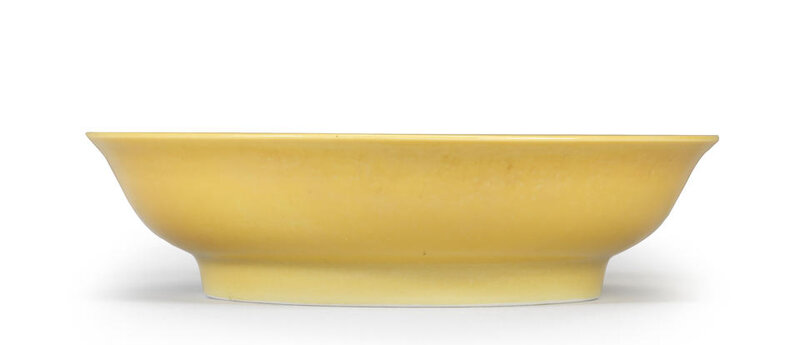



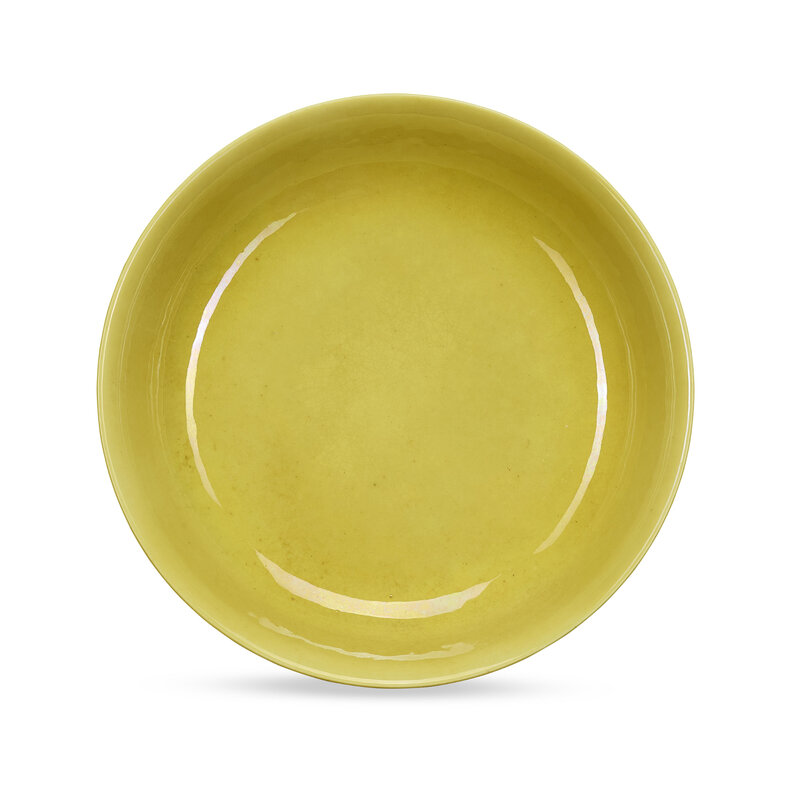

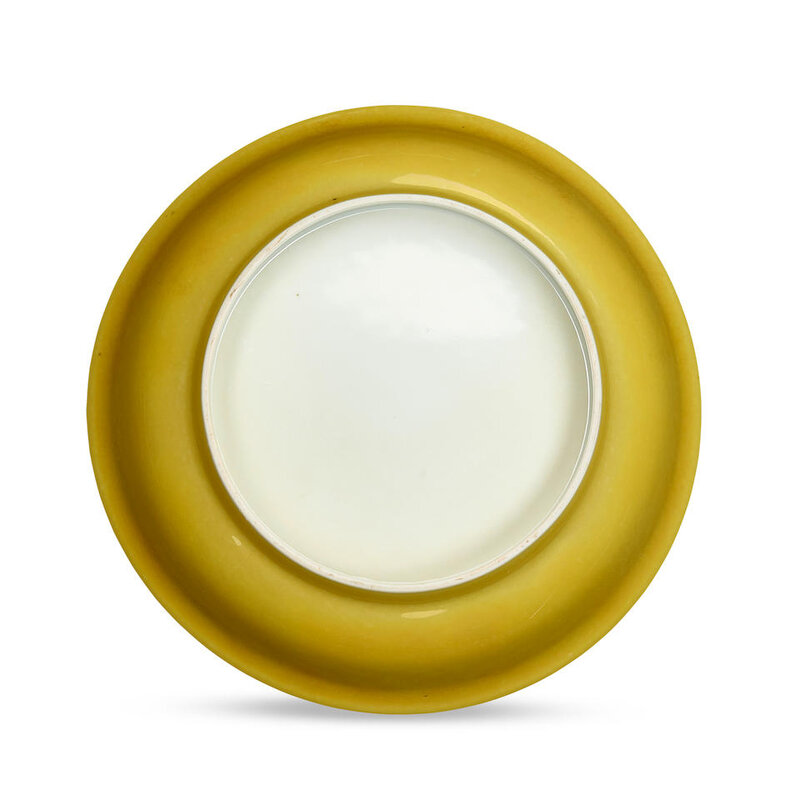

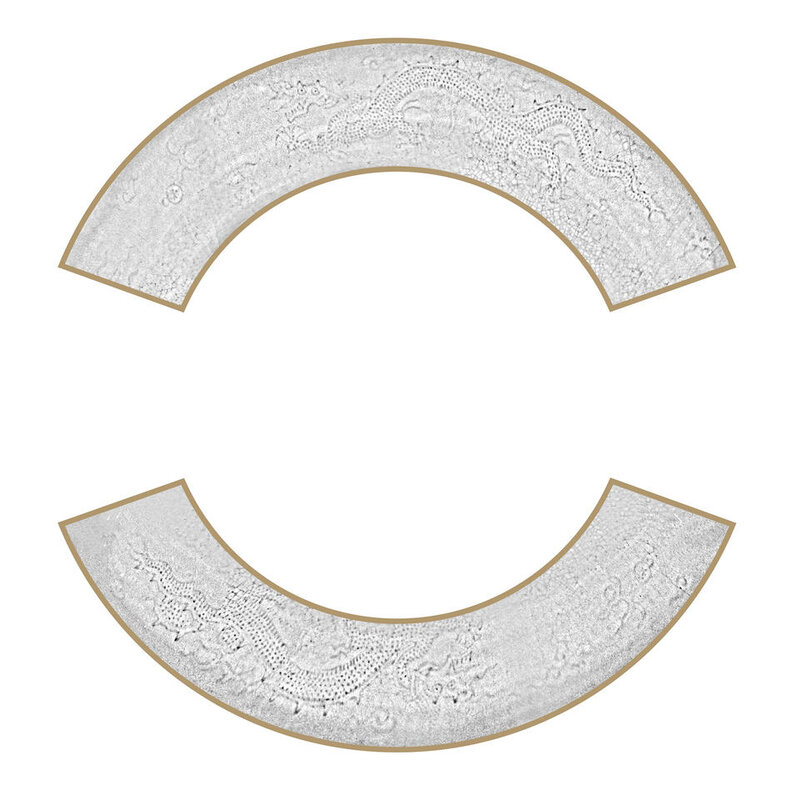


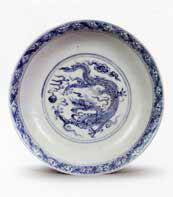

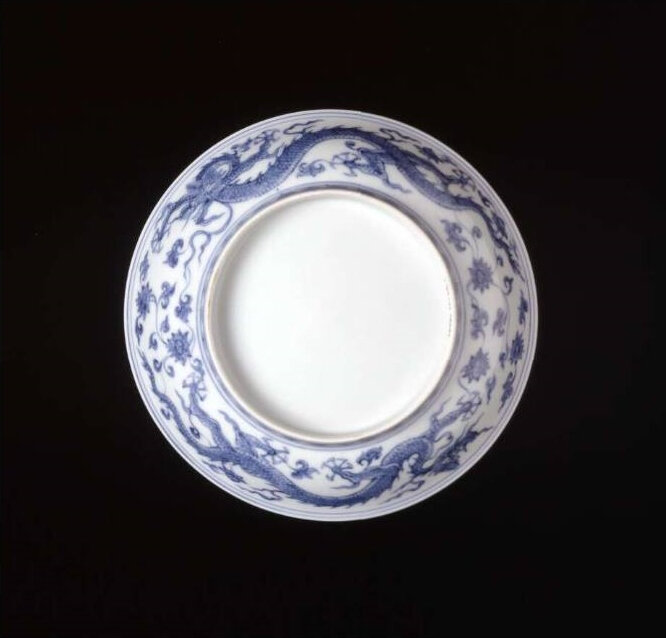

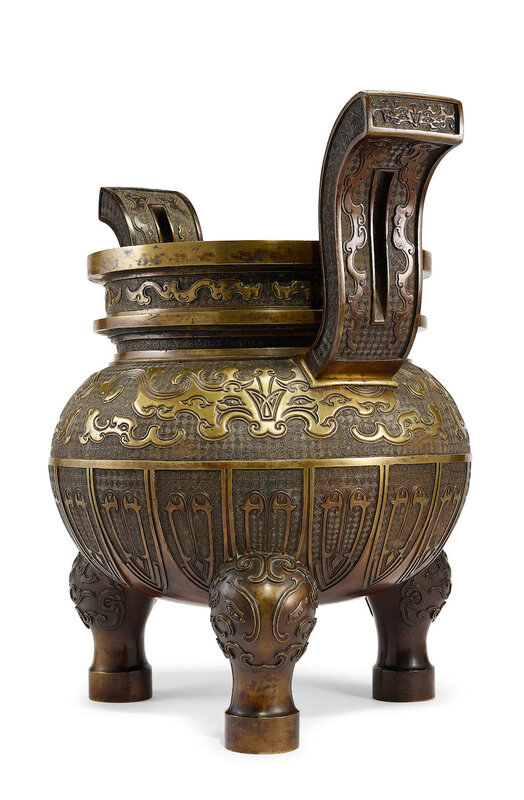


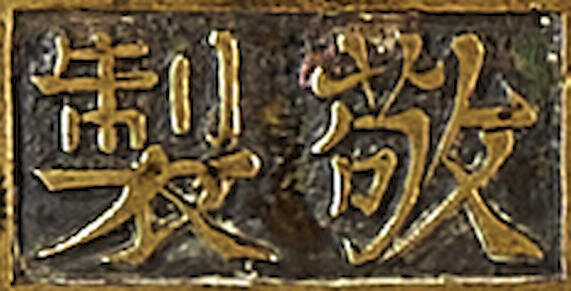
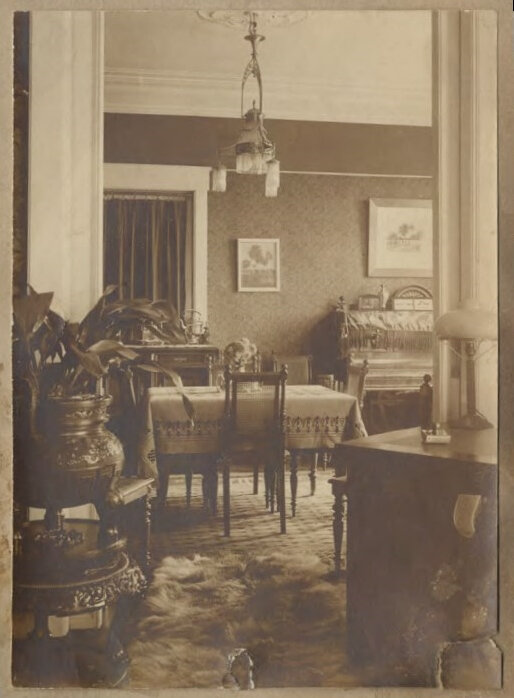


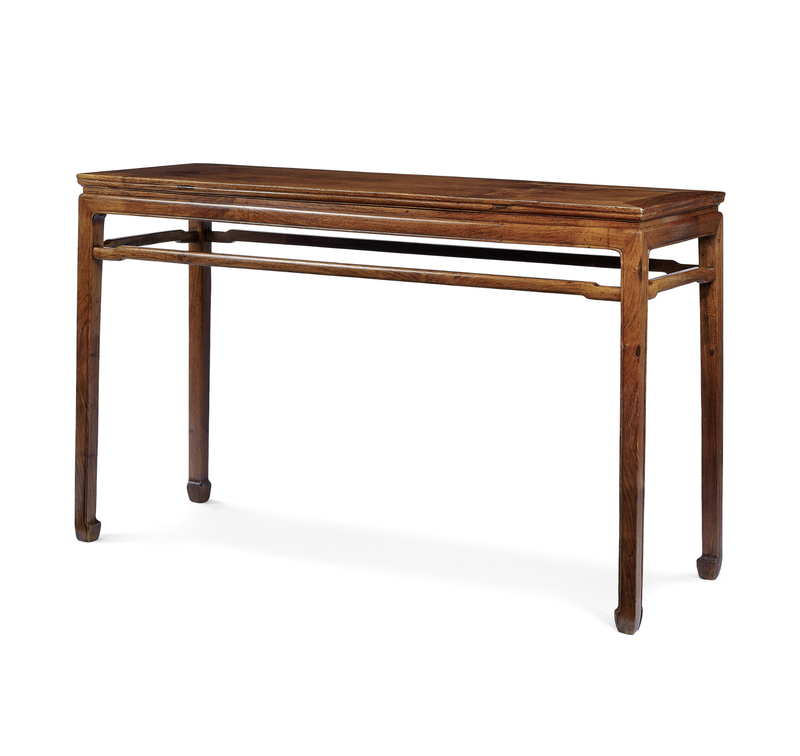


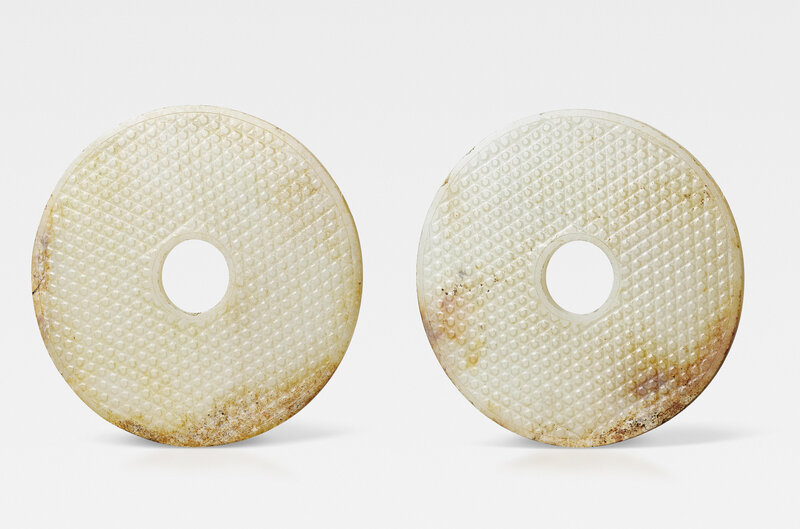
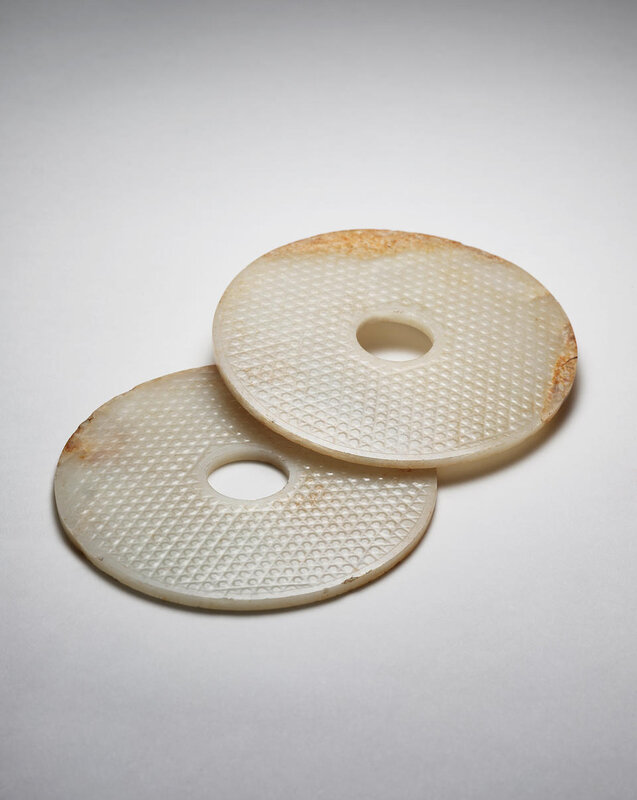




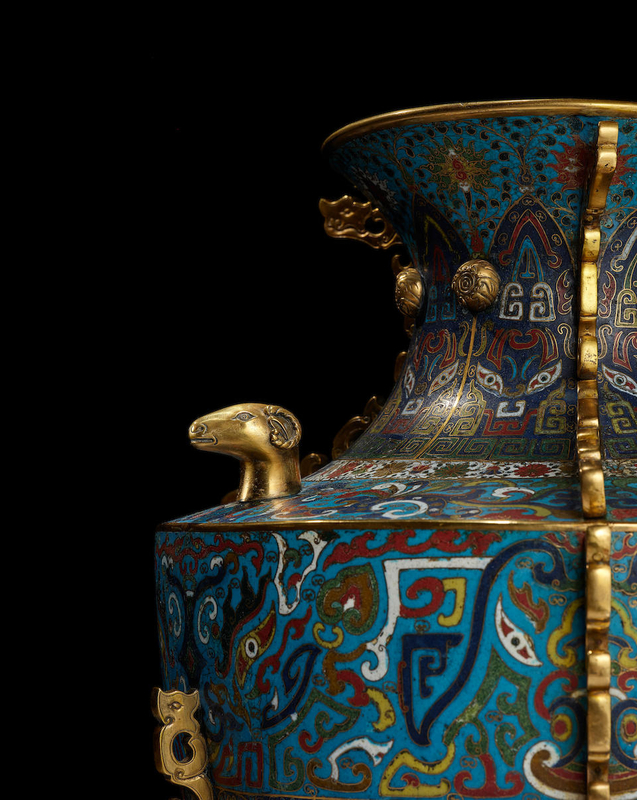
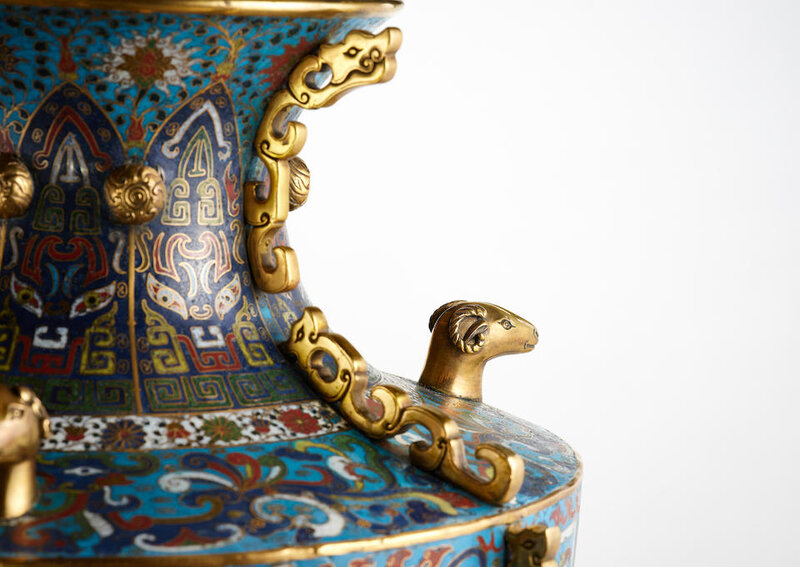
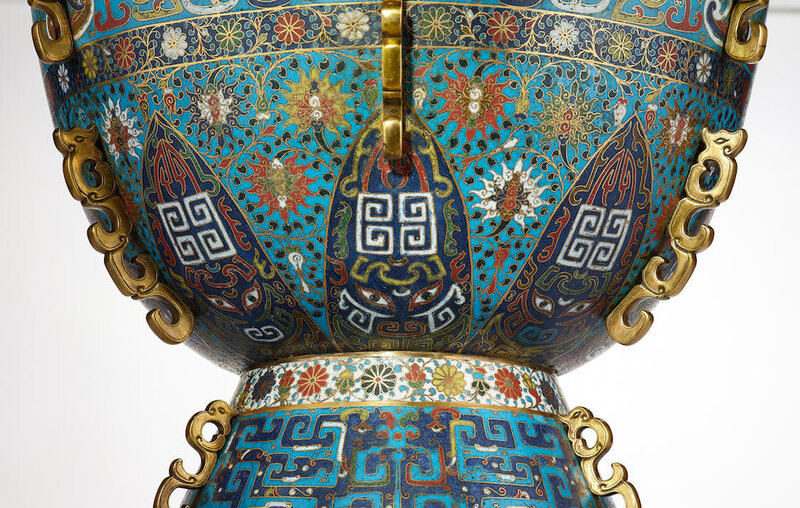




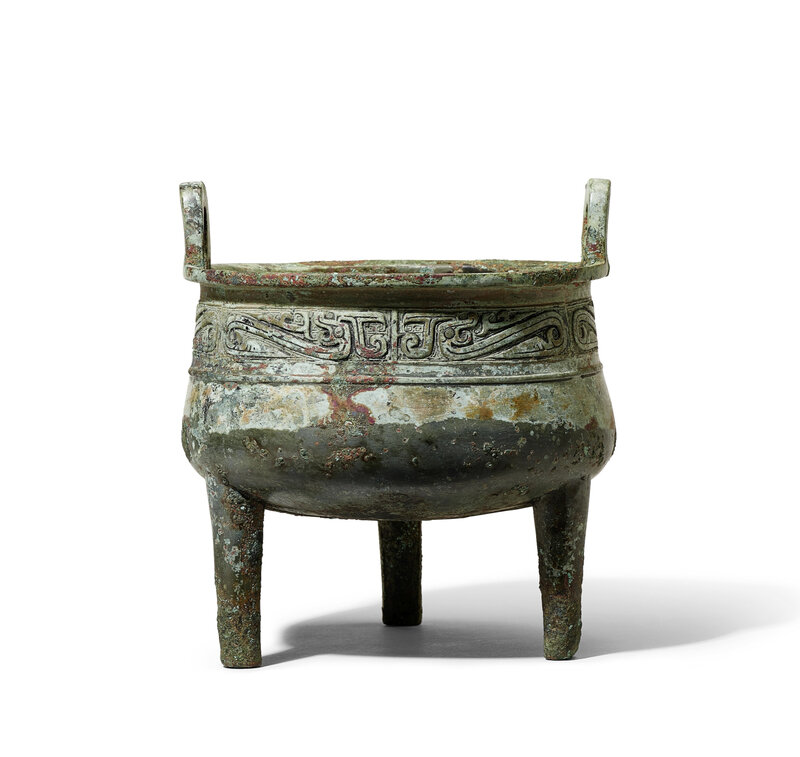

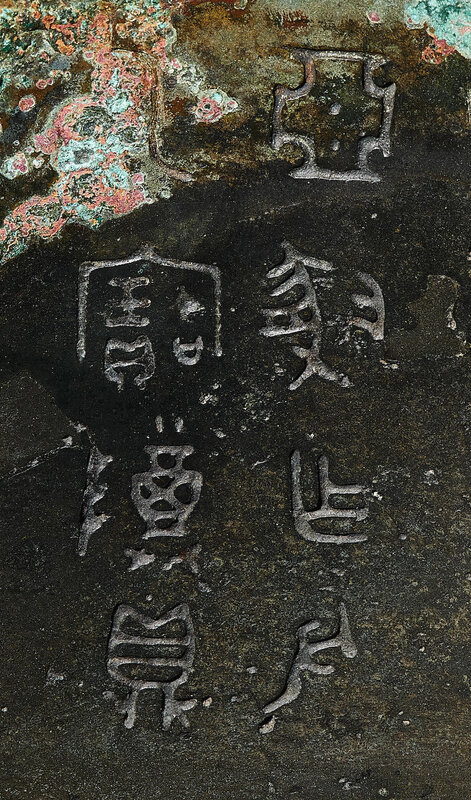




/http%3A%2F%2Fstorage.canalblog.com%2F20%2F46%2F119589%2F129848620_o.jpg)
/http%3A%2F%2Fstorage.canalblog.com%2F79%2F86%2F119589%2F129517263_o.jpg)
/http%3A%2F%2Fstorage.canalblog.com%2F62%2F07%2F119589%2F129318514_o.jpg)
/http%3A%2F%2Fstorage.canalblog.com%2F98%2F98%2F119589%2F129097971_o.jpg)